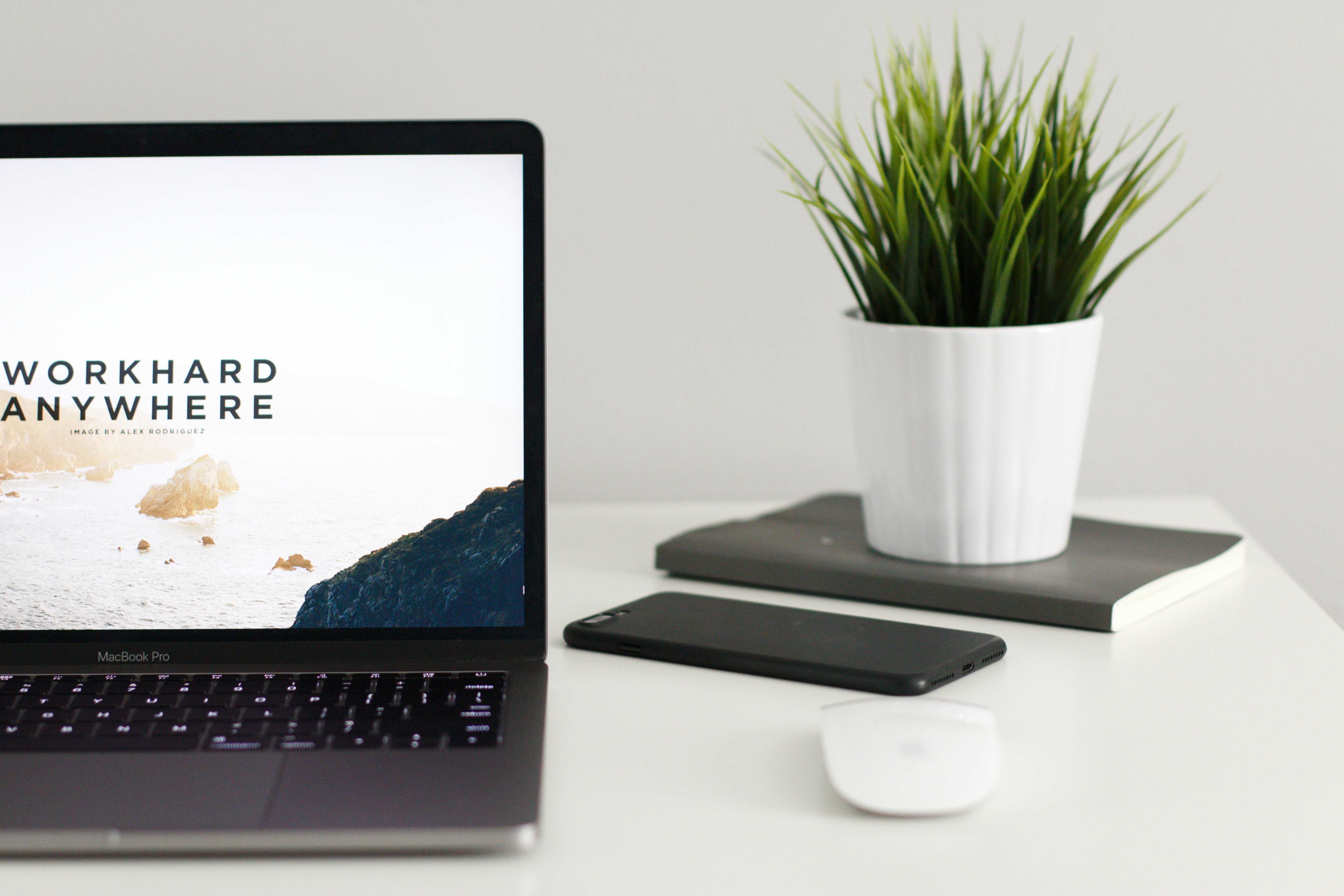With the digital nomad and remote work lifestyle becoming more and more prevalent within modern society, creating and maintaining a realistic remote work schedule is becoming a much-needed skill.
While effective time management skills allow one to improve their productivity, have less anxiety, and deliver work on time.
There are even further factors to consider for those who are working from home, especially for those responsible for making their own schedule.
Why is this a big deal?
Those new to remote work can fall into one of two traps. They may take on too many clients, which could quickly lead to burnout or reduced work quality. Individuals could also schedule themselves far too little work, leading to lower productivity than they originally expected.

In the following, we will discuss tips and tricks that will help you build a realistic remote work schedule and manage your time effectively.
The Importance Of Scheduling
“Time is the one resource that we can’t buy, but we often waste it or use it ineffectively. Scheduling helps you think about what you want to achieve in a day, week or month, and it keeps you on track to accomplish your goals,” reads a Mind Tools article.
The piece would also list how effective scheduling helps you manage your work environment.
- Understand what you can realistically achieve with your time.
- Make sure you have enough time for essential tasks.
- Add contingency time for “the unexpected.”
- Avoid taking on more than you can handle.
- Work steadily toward your personal and career goals.
- Have enough time for family and friends, exercise and hobbies.
- Achieve a good work-life balance.

Structuring your work life is vital to maintaining an efficient and organized work culture. However, developing a rigid pattern without any flexibility can lead to burnout from sticking to a mundane and unwavering schedule.
“Life gets in the way of even the most detailed of routines. The point is to harness your most productive times to use for your most challenging tasks, and your least productive times to do the more mundane tasks,” began Elizabeth Larkin of The Spruce in February of this year.
Elizabeth continues, “There might be times when you have to go to a doctor’s appointment during the hours you usually set aside for work, or your evening is taken up by a social gathering—life gets in the way, but a daily routine will keep things flowing smoothly, despite hiccups.”
Don’t Push Yourself Too Much
Realistic expectations should remain a common theme as you create your remote work schedule. Do you really believe you can finish three projects in a week without working 90 hours? Are you being compensated for those extra hours? Will working that often cause you anxiety and stress?
These are all factors to consider when you make your daily and monthly schedules. Accepting too much work from a variety of clients could have diminishing returns, leading to contracts being terminated, or growing frustrated from not having enough leisure time to unwind.

If the benefits don’t highly outweigh the deltas of overbooking yourself, don’t even consider it. Some may fall into the trap of feeling as if they must ‘earn’ the right to participate in remote work; however, that isn’t something you should worry over.
You are working through just as many challenges as those working in brick and mortar workplaces. While those obstacles differ, it doesn’t mean the value of your work is any less.
If you’re able to complete all the work you need to by working 30 hours weekly, don’t force yourself to work 50. A lot of remote work is paid by the project, especially when you are freelancing — keep that in mind when you are mulling over your schedule.
Don’t Relax Too Much
Martin De Wulf explains why relaxing too much when working remotely is to your detriment in a February 2019 article for Fast Company. “I’m not naïve, and I know that in Usefired if you produce nothing–and not means,” he began.
“But since people can’t see you work remotely, you might feel more obliged to show results every day, even if it forces you to work way past eight hours a day.”
As stated earlier, you should not feel obligated to work uncompensated hours because you work remotely. Yet, it is important to build your schedule in a way which ensures that you are working enough.

It doesn’t matter if you schedule yourself to work in two-hour intervals as long as your work gets completed. Don’t fall into traps of taking three or four days off per week, when you need an extra day to complete the necessary work.
Keeping your schedule flexible should be your goal, that’s one of the main benefits of remote work schedules. Just make sure you stay disciplined and complete what needs to be done in a timely manner.
Use Quality Applications
Using quality scheduling software will help you develop, prioritize, and visualize your remote work schedule. The following is a list of applications we feel will help you manage your daily agenda.
- Things
- Fantastical 2
- Todoist
- Cozi
- TimeTree
Note: If you’re working from different locations and being exposed to a noisy environment, you can use a noise cancelling app called Krisp. It will help you handle your conference calls noiselessly and productively.

Software solutions prevent you from accidentally forgetting that you were supposed to attend a 4 pm meeting to discuss a new project. While the human memory is good, it is far from perfect. Digital calendar’s and task managers can help you organize your schedule better than easily misplaced journals or notepads.
Remote work is an amazing and freeing option for many across the globe. Integrating into a digital worker does come with a learning curve.
The tips provided will help prepare for what you need to do in order to build a realistic remote work schedule that is both fulfilling and fills your work needs.


